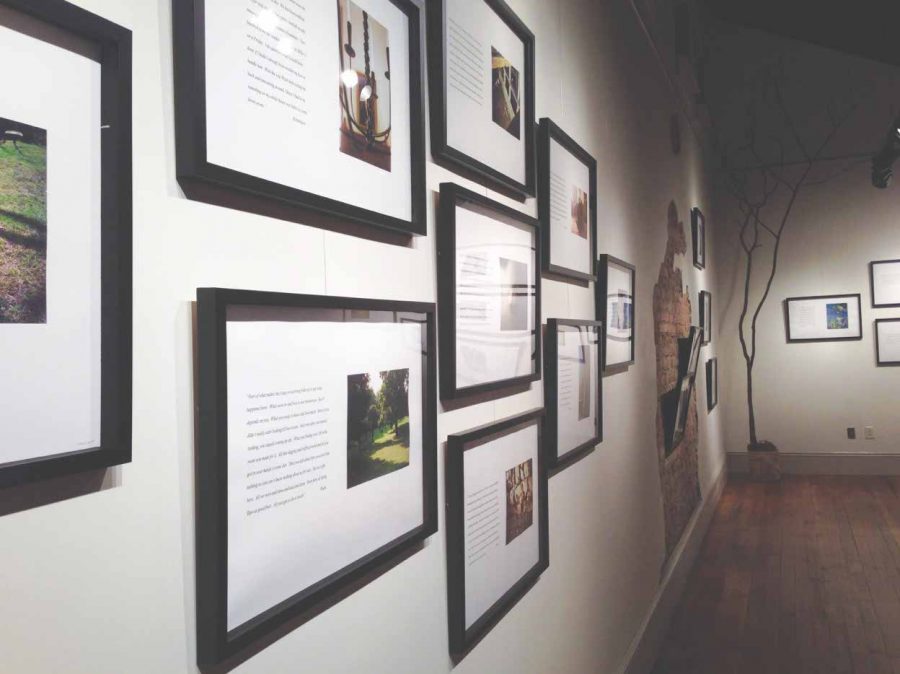A seventh-generation Southerner and descendant of a slave owner, Margaret Wrinkle was born into the “racially charged” year of 1963, just on the cusp of the civil rights movement, and said she feels as though her debut novel “Wash” has therefore been heading for her all her life.
“Wash” details the much-debated history and practice of slave breeding in the pre-Civil War South from the perspectives of three different people: a slave owner, a slave midwife and the title character, Wash, who is a slave brought into the trade directly.
“It’s a difficult subject. There’s a lot of pretty terrible things that happen in [‘Wash’], a lot of violence, a lot of sexual violence in particular, and yet, to be able to write about that and still tell a story, that’s very moving,” said Josh Rothman, director of the Summersell Center for the Study of the South and a history professor at The University of Alabama. “The language itself has a sort of lyricism to it, but it’s a lot of alternating voices. It’s literary. It’s not the type of book you’re going to pick up at the airport.”
Rothman helped organize a reading of “Wash” by Wrinkle at the Dinah Washington Cultural Arts Center downtown Tuesday. The event doubled as the opening of the exhibition “Seeing Across the Divide,” which featured photographs taken by Wrinkle that helped to inspire her novel. Many of the photographs were taken at slavery-related sites around the South, and each is paired with an excerpt from her novel.
Wrinkle said she felt it was important to pair each photograph with a textual element because she said the separation between the two elements is artificial.
“I wanted to get people thinking. You read the text and make an image in your mind, right? And then you look at the image, and you make a story,” she said. “So I wanted to get people thinking that they’re doing that, to see that you see and feel things both ways.”
“Wash” also ties into West African traditions and ritualism, and Wrinkle said she incorporated the West African paradigm of “everyone that’s been here is here all the time” to create a feeling of connectedness throughout the novel and, ultimately, to the exhibition and its title.
“I think the initial meaning [of the title] is seeing through the racial divide through an active empathy, but it’s also the divide between the living and the dead. It’s the divide between different ways of being; it’s a gap between different ways of doing things and trying to see across difference,” Wrinkle said.
Wrinkle’s writing is “grounded in historical sensibility,” Rothman said, and looks to make the past and its many voices accessible to a modern reader. In looking to show each side of racial divide, Wrinkle said she became a bridge figure for her work.
Jake McCurdy, a senior majoring in history and political science, attended the opening of “Seeing Through the Divide” and said Wrinkle’s reading and photographs piqued his interests, relating them back to his Southern history classes.
“People in the South won’t admit that slavery caused the Civil War, and it did,” he said. “She’s trying to unearth and get beyond that blockade Southerners have. This kind of shows a personal story that makes it very real to you as a human.”
For Wrinkle’s next step, she said she is looking to have “Wash” put into theater as another medium to share her story through. Her exhibition at the Dinah Washington Culture Arts Center will run through Nov. 15.









